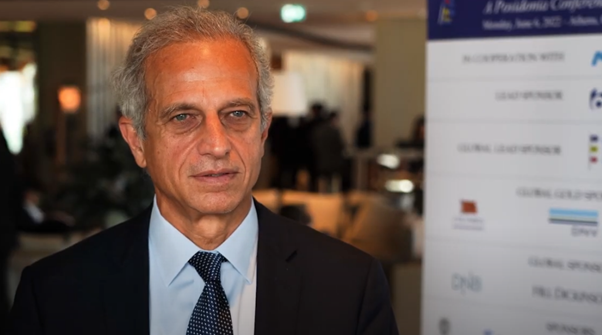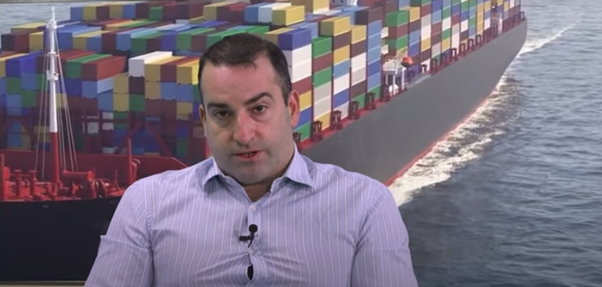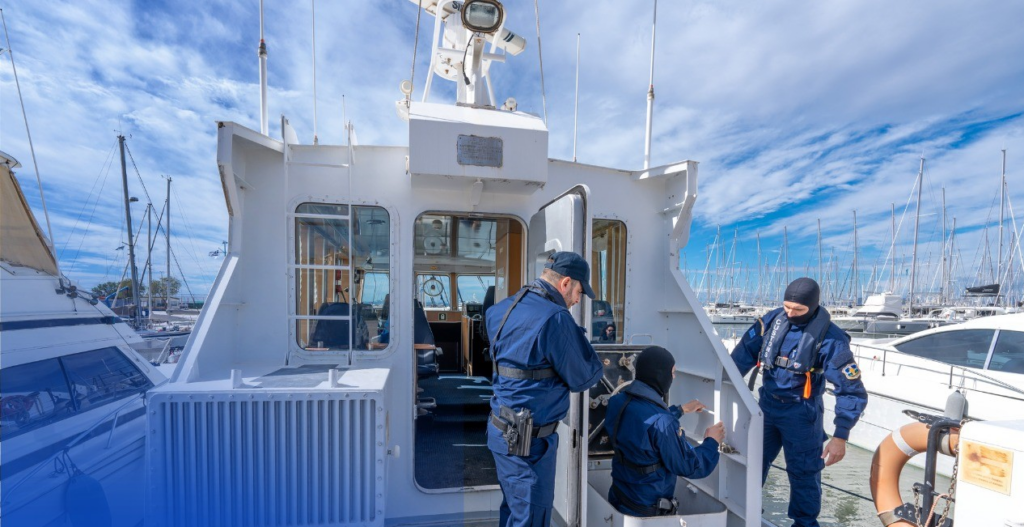Shippingtelegraph: EuroDry eyes long-charters if market improves to lock-in positive cash flow
by Shipping Telegraph
Greek drybulk owner and operator EuroDry keeps its vessels on short term charters and considers entering into year-long charters for a portion of its fleet if the markets improve further.
Meanwhile, the shipowner is looking at renewal opportunities of its elder vessels and financing options that could allow the company to expand its fleet in “accretive ways.”
The company has currently a fleet of 12 vessels, including 4 panamax drybulk carriers, 5 ultramax drybulk carriers, 2 kamsarmax drybulk carriers and 1 supramax drybulk carrier. EuroDry’s 12 drybulk carriers have a total cargo capacity of 842,886-dwt.
After the delivery of two ultramax vessels in 2027, the company’s fleet will consist of 14 vessels with a total carrying capacity of 969,886-dwt.
An average of 12.0 vessels were owned and operated during the second quarter of 2025 earning an average time charter equivalent rate of $10,428 per day.
Furthermore, an average of 12.4 vessels were owned and operated during the first half of 2025 earning an average time charter equivalent rate of $8,761 per day.
“As discussed in previous presentations of our chartering strategy, we have kept our vessels on short term charters when rates were low and at non-profitable levels. However, if the markets improve further, we will consider entering into year-long charters (physical or through FFA’s) for a portion of our fleet to lock-in positive cash flow. At the same time, we are looking at renewal opportunities of our elder vessels and financing options that could allow us to expand our fleet in accretive ways,” commented Aristides Pittas, chairman and CEO of EuroDry, in the company’s report for the second quarter 2025 and six-month period.
EuroDry’s total net revenues for the quarter stood at $11.3m, representing a 35.3% decrease over total net revenues of $17.4m during the second quarter of 2024 which was the result of the lower time charter rates the company’s vessels earned, and the decreased average number of vessels operated during the second quarter of 2025 compared to the same period of 2024.
Adjusted EBITDA for the quarter was $1.9m compared to $5.0m achieved during the second quarter of 2024.
For the first half of 2025, the company reported total net revenues of $20.5m, representing a 35.7% decrease over total net revenues of $31.9m during the first half of 2024, and adjusted EBITDA of $0.9m compared to $7.1m achieved during the first half of 2024.
The company’s chief executive Aristides Pittas noted: “During the second quarter of 2025 the drybulk market recovered a bit but the rebound was not sufficient to return the company to profitability. In July 2025, the market remained strong approaching the breakeven rate level of our fleet before giving up some of the gains in early August, a month, though, which is traditionally seasonally weak. If the present level of rates is maintained during August and, more so, if it improves, as usually happens during September, we would expect to have a better third quarter in terms of financial results as all our vessels are employed in short-term charters or linked to market index levels.
“The near-term outlook is dependent on the geopolitical and overall macroeconomic developments with the effect of the US imposed tariffs and the countermeasures taken by other countries being at the forefront of the uncertainty on the demand side. In addition, the recent attacks on two bulk carriers in Red Sea only increase the uncertainty and, generally, help higher demand for vessels as even fewer owners and operators would be crossing the area following the attacks.”
Related Posts




